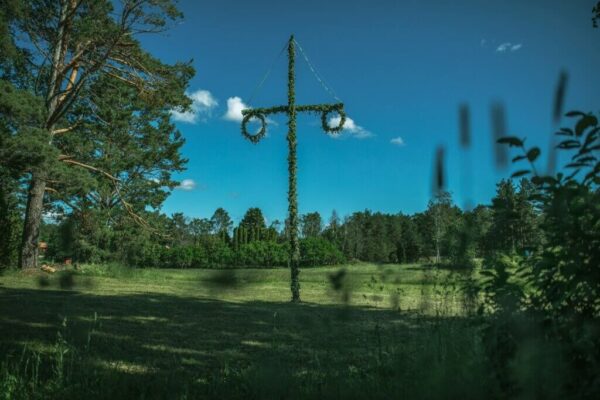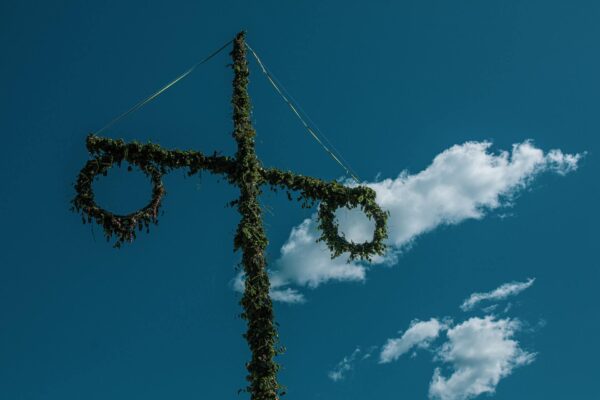Even though Swedish, Danish, Norwegian and Finnish Christmas traditions differ slightly from one another, the countries have one thing in common: Christmas is the most important holiday in Scandinavia and the most wonderful time of the year. The family comes together on public holidays. Find out here what the time before and around Christmas is all about and how to celebrate a typical Scandinavian Christmas with traditions and customs.
The Advent and Christmas season
Christmas markets
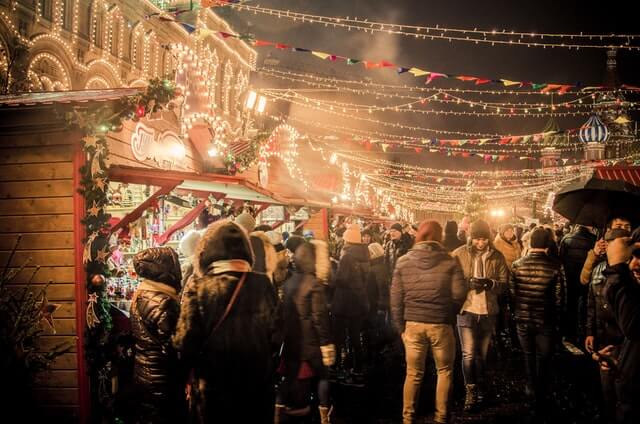
Traditionally, the Christmas and Advent season in Scandinavia is ushered in with cosy Christmas markets. These are very popular in the larger cities such as Stockholm, Gothenburg and Copenhagen, both with locals and tourists. The Christmas markets in old amusement parks, such as Tivoli in Copenhagen or Liseberg in Gothenburg, in open-air museums or in the old towns are particularly atmospheric.
However, the offerings there are similar: there is mulled wine, roasted almonds and other regional delicacies to try and handicrafts to marvel at.
Lucia Festival
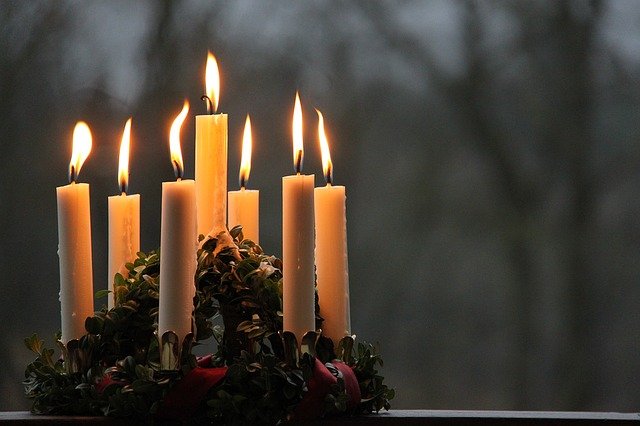
On 13 December, the Lucia Festival or Festival of Lights is celebrated in honour of Saint Lucia – actually an Italian saint. The tradition is particularly widespread in Sweden, but the day is also celebrated in Denmark and Norway and to some extent in Finland.
Children in particular look forward to the festivities, as they can go in costume in one of the many parades. Traditionally, people drink mulled wine or punch, known as glögg, and eat saffron biscuits, lussekatter, and pepper rolls. Even if everything already seems very Christmassy, the Lucia festival actually has little to do with Christmas. Originally, the shortest day of the year was celebrated, which is supposed to be illuminated by numerous candles. The child dressed as St Lucia wears a crown with candles on her head.
The Christmas holidays
Celebrations and customs
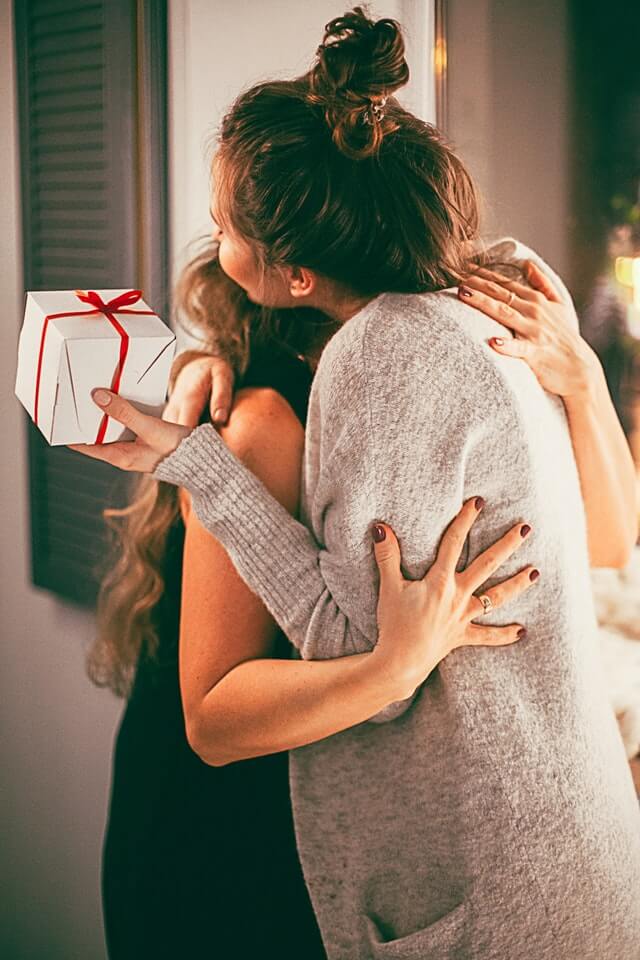
Throughout Scandinavia, Christmas is considered the “festival of love”, which is why family is of particular importance during the festive season. Scandinavians like to spend time with their loved ones and celebrate traditions together.
In Sweden, people do not attend church on Christmas Eve, but on one of the two Christmas holidays. Instead, people visit friends and neighbours on the afternoon of Christmas Eve. In Finland, on the other hand, people remember the deceased on Christmas Eve and visit the cemetery. Finns also like to go to the traditional Christmas sauna. In Norway, 26 December is very special because it is considered a party day. Many Norwegians go to bars and pubs in the evening, while the children go from door to door dressed up.
Christmas is called jul in Sweden, Denmark and Norway and joulu in Finland. Accordingly, people here say “God jul!” or “Hyvää joulua!” for “Merry Christmas!”.
Father Christmas and Christmas elves
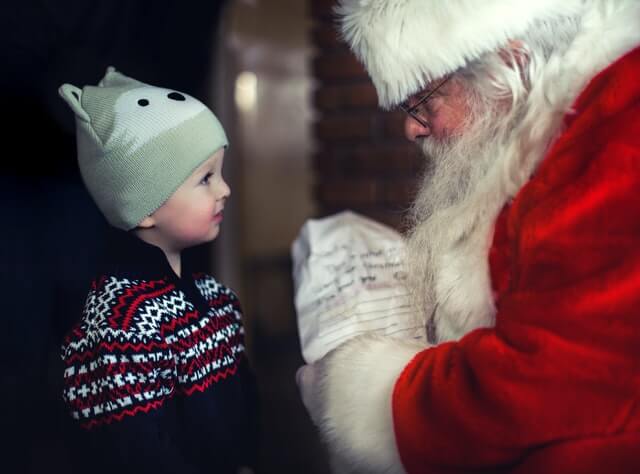
The belief in who brings the presents is different in Scandinavia. In Finland it is said that Father Christmas, called Joulupukki, comes, while in Denmark he is called Julemand. Both are assisted in delivering the presents by little elves. The Swedes and Norwegians tell each other that elves distribute the presents in their reindeer sleigh . To prevent them from playing tricks, a bowl of porridge is placed on the windowsill or in front of the door in the evening.
Christmas decorations and ambience
Christmas in Scandinavia typically also includes a festive Christmas tree. This is traditionally decorated in the far north with fairy lights, straw stars, straw dolls and the Julbock, a billy goat made of straw. This is accompanied by delicious Christmas biscuits.
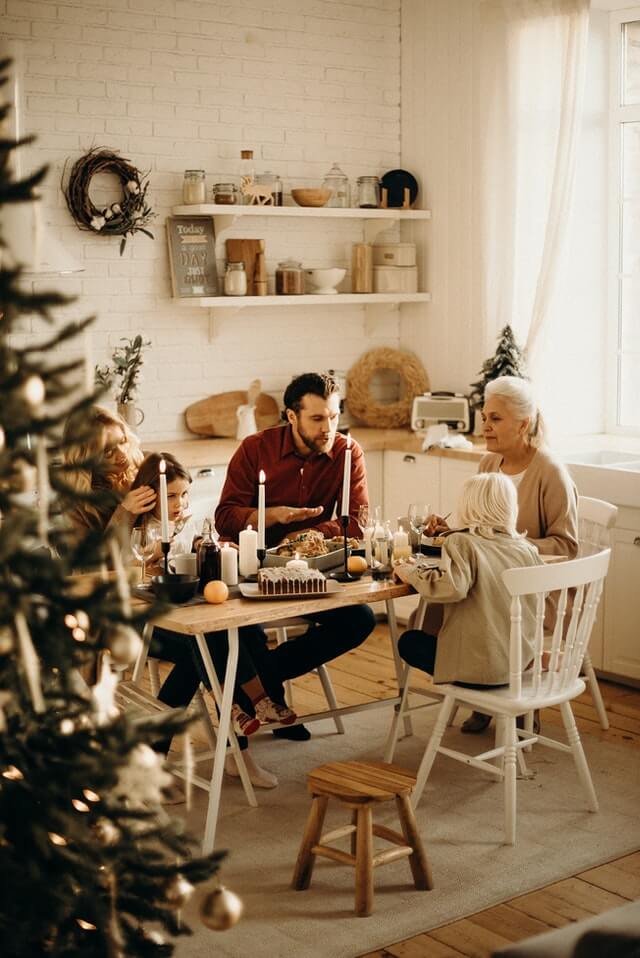
Scandinavians love decorations, especially at Christmas. During Advent, they put up an Advent wreath with four candles. In Denmark, however, calendar candles are typical, which are lit every evening and burn down piece by piece from the first to the 24th of December.
In Sweden and Denmark, the Christmas tree is traditionally decorated with the family on the evening before Christmas Eve, the so-called lillejulafton (Swedish) or lillejuleaften (Danish), which means “the little Christmas Eve”. In the countryside, it is still common for the tree itself to be felled in the forest. However, the tradition of putting up a tree was adopted from Germany.
Christmas dinner and presents are also prepared the day before. Typically, appropriate Christmas programmes are shown on the television. In Sweden and Norway, the julbock or julebukk, a goat made of straw from Nordic mythology, hangs on the tree. In Denmark, the tree is often decorated with real candles and paper hearts (julehjerter) in the national colours of red and white. In Scandinavia, the tree is generally decorated with lots of lights and straw pendants.
The Christmas dinner
Of course, people in Scandinavia also feast at Christmas. In Sweden, the Christmas menu on the festive table or the Christmas buffet is called julbord and the typical Christmas crockery is taken out of the cupboard for this.
Traditionally, a lot of fish and meat is served, including julskinka, the Christmas ham. Janssons frestelse, or Jansson’s temptation, which is a casserole made from potatoes and fish, is also very popular in Sweden. It is accompanied by beer and schnapps. Children are given a sweet red lemonade at Christmas in Scandinavia. In Finland, ham (joulukinkku) is served with carrots, potatoes or turnips. As a starter, Finns eat a herring salad with beetroot (rossoli).
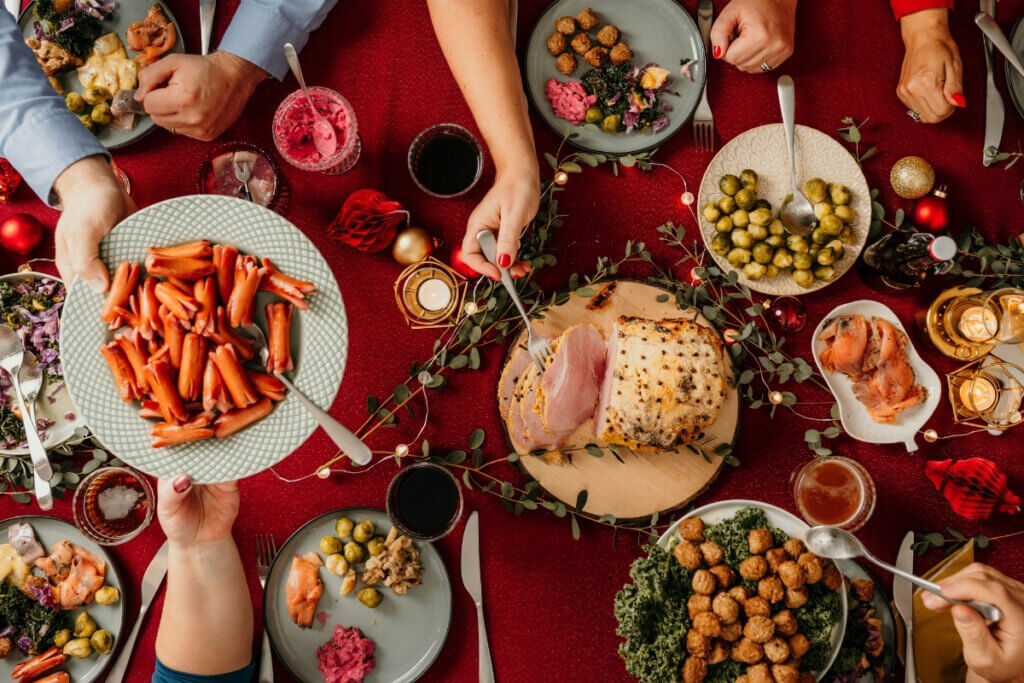
In Denmark, Christmas dinner is more like the German one: The Danish often serve a roast with red cabbage and potatoes. People here like to eat a lavish meal at lunchtime, which is called julefrokost. Norwegians favour ribs with potatoes, sauerkraut and turnips as well as various fish dishes at Christmas.
Dessert has a special tradition in Scandinavia: there is often porridge or rice pudding with an almond hidden in it. Whoever finds it in their bowl is said to have good luck the following year or is even rewarded with a prize. Further, people like to drink glögg after the meal.
Scandinavian Christmas stories
Scandinavian Christmas stories are predestined for cosy evenings at Christmas time, whether as a book or a film. While a white Christmas usually falls through in this country, snow is an integral part of the holidays in Norway, Sweden and Finland – which is why it also features in the Christmas stories from the north, allowing you to transport yourself to a winter wonderland.
It is often the famous Swedish children’s book authors such as Astrid Lindgren or Sven Nordqvist who have their characters experience the winter and Christmas season or tell new stories. However, these stories are not just for children – they are also very popular with adults to reminisce about nostalgia and memories.
By the way: WhenThree Wishes for Cinderella, Sisi or The Little Lord are on at home on Christmas Eve, it’s off to Duckburg in Sweden. Kalle Anka (the Swedish name of Donald Duck) is on at 3 p.m. – since 1960, the public broadcaster SVT has been showing various episodes that are watched by millions of Swedes every year.
But it’s not just children’s authors who like to write about Christmas – there are also numerous novels and films for adults, whether love stories or crime thrillers.
Christmas poems and carols
Scandinavians love to sing. This is particularly evident at Christmas time. There is already a lot of singing on St Lucy’s Day and Christmas, the classic Christmas carols are sung, which create a particularly beautiful atmosphere. In addition to international hits such as Stilla natt, heliga natt (Silent night, holy night), “original” Swedish songs such as Nu är det jul igen and Sankta Lucia, the typical Lucia song, are popular as well.
In Scandinavia, people do julklapp, which can be translated as Secret Santa. The so-called julklappsrim, which means gift rhymes , are common. These are attached to the presents and are intended to give the recipient a clue as to the contents. Or the children recite poems before the presents are given.
Scandinavian Christmas in your home
This is how you can bring Scandinavian Christmas traditions into your home: you can cook and bake the typical dishes and treats at home. There are many Scandinavian cookery and baking books. You can also drink the delicious glögg or prepare it yourself. For even more Scandinavian flair, all you need now is Scandinavian Christmas decorations and a typical Advent wreath as well as beautiful Christmas stories from snowy Scandinavia.
